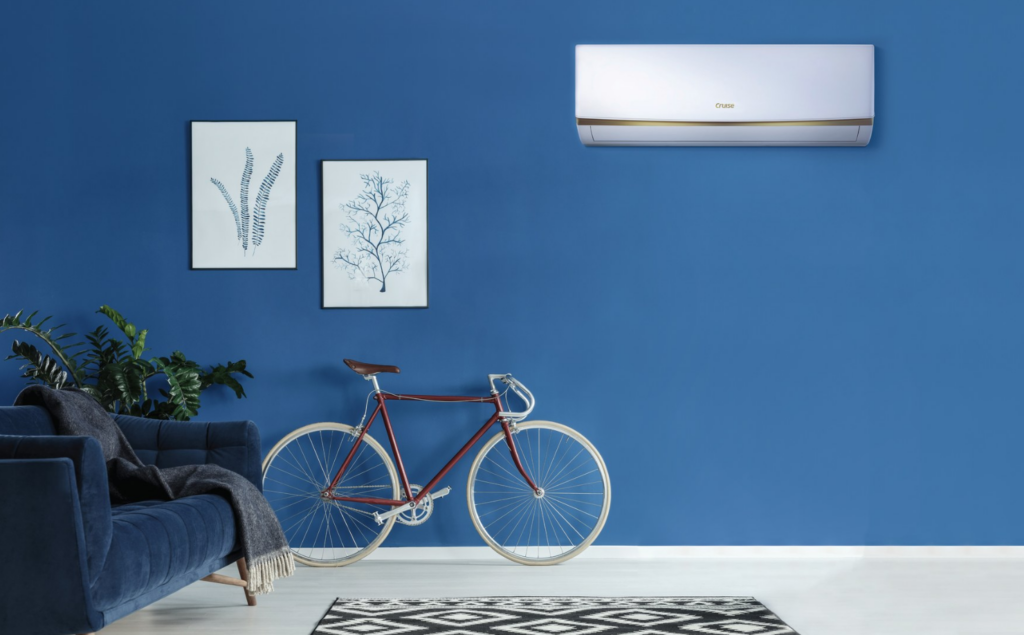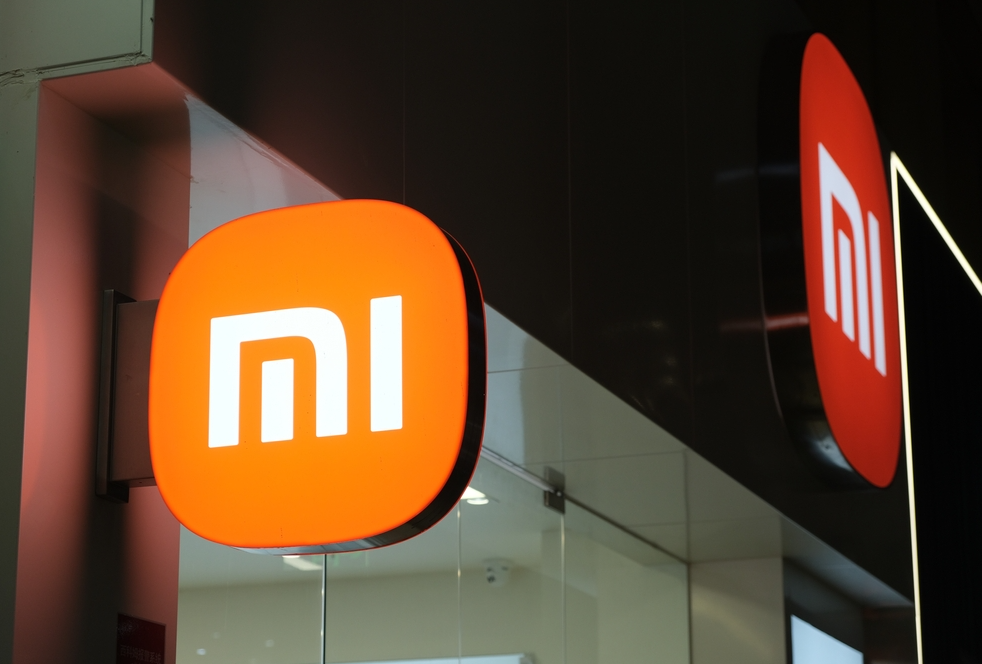Air conditioner is one of the key components for creating a comfortable microclimate in residential and commercial premises. When choosing an air conditioner, an important aspect that is often underestimated is its power consumption. Understanding how and how much an air conditioner consumes can greatly influence your choice of unit and future operating costs.
What is the power consumption of an air conditioner
The power consumption of an air conditioner is the amount of electricity that the unit consumes to fulfil its function of cooling or heating the air. It is measured in watts (W) or kilowatts (kW). Power consumption may vary depending on the model and type of air conditioner, as well as the operating conditions. Knowing how much electricity your air conditioner uses will help you predict your monthly energy costs more accurately.
Types of air conditioner capacity
Air conditioners are categorised into different types of power which are important to distinguish:
- Cooling capacity (BTU): This is measured in British thermal units (BTU) and indicates how much heat the air conditioner can remove in an hour. The higher the BTU value, the more powerful the unit is.
- Power Consumption: This is the amount of electricity that the air conditioner consumes to achieve its cooling capacity. It is measured in watts (W) or kilowatts (kW). It is important to know how much electricity the air conditioner uses for cooling in order to evaluate its efficiency.
- Energy Efficiency Ratio (EER and SEER): EER (Energy Efficiency Ratio) and SEER (Seasonal Energy Efficiency Ratio) are measures of an air conditioner’s efficiency. They indicate how many BTUs of heat can be removed for every watt of electricity consumed. The higher these numbers are, the more efficient the air conditioner is.
Factors affecting power consumption
The power consumption of an air conditioner depends on many factors. The following are the main ones:
- Room size: The larger the room, the more energy is required to cool or heat it.
- Heat gain: Heat sources such as windows, electrical appliances and the number of people in the room can increase the load on the air conditioner.
- Climate conditions: In warmer or colder climates, air conditioners will consume more energy. For example, how much electricity an air conditioner uses for heating in winter can be quite different from summer consumption.
- Unit specifications: Modern models with inverter compressors are generally more energy efficient than traditional models.
- Condition and Maintenance: Regular maintenance and filter cleaning can significantly reduce power consumption and determine how much your air conditioner washes.
Table of power consumption of different types of air conditioners
| Type of air conditioner | Cooling capacity (BTU) | Power consumption (W) | EER | SEER |
| Window | 5,000 – 18,000 | 500 – 1,800 | 9-12 | 10-15 |
| Split system | 9,000 – 36,000 | 800 – 3,500 | 10-14 | 14-22 |
| Portable | 8,000 – 14,000 | 900 – 1,600 | 8-10 | 9-12 |
| Central | 24,000 – 60,000 | 2,000 – 5,000 | 11-13 | 13-20 |
How to calculate the power consumption of an air conditioner
There are several steps to calculate the power consumption:
- Determine the size of the room: Measure the area of the room in square metres.
- Determine the required cooling capacity: Use the rule of thumb: about 100-150 BTU’s are needed per square metre.
- Check the technical specifications of the air conditioner: In the documentation or on the manufacturer’s website, find information about the power consumption of the unit.
- Use energy efficiency factors: If EER or SEER data is available, it can be used for a more accurate calculation.
For example, knowing how much electricity an air conditioner 12 uses, or how much electricity an air conditioner 24 uses, you can determine how much electricity an air conditioner uses per hour, and thus predict your monthly energy costs.
- How much the air conditioner consumes
For a more accurate understanding of how much an air conditioner consumes, let’s consider a few examples. An average split-system with a capacity of 2.5 kW consumes about 0.8 kWh in cooling mode and up to 1 kWh in heating mode. However, these values may vary depending on the specific model and operating conditions.
- How much electricity the air conditioner uses for cooling
On average, the air conditioner consumes 0.5 to 1.5 kWh when operating in cooling mode. This value may vary depending on the outside air temperature, humidity, room size and temperature mode setting. For example, for a 2.5 kW air conditioner, it will be about 0.8 kWh.
- How much electricity the air conditioner uses for heating
The power consumption of an air conditioner in heating mode is usually higher than in cooling mode. This is due to the need to convert electrical energy into heat energy. An average 2.5 kW air conditioner can consume about 1 kWh in heating operation.
- How much air conditioner consumes electricity per hour
To determine how much electricity an air conditioner consumes per hour, it is important to consider its capacity and current operating mode. For example, a 1.5 kW mobile air conditioner consumes about 1.5 kWh at maximum load. A window air conditioner with a capacity of 1 kW consumes 1 kWh.
- How long does the air conditioner run
The amount of electricity consumed can be calculated using a simple formula: the power of the air conditioner (in kW) is multiplied by the number of hours of operation. For example, if a 2.5 kW split system operates for 8 hours, it consumes 20 kWh per day (2.5 kW * 8 hours). If this figure is multiplied by the number of days of operation per month, you will get the amount of electricity consumed per month.
- How much electricity is consumed by air conditioner 12 and 24
Air conditioners labelled 12 and 24 denote 12,000 and 24,000 Btu respectively. The capacity of these air conditioners is usually about 3.5 kW and 7 kW. In cooling mode, air conditioner 12 consumes about 1-1.2 kWh, and air conditioner 24 consumes about 2-2.5 kWh.
Ways to optimise power consumption
Optimising your air conditioner’s power consumption helps reduce operating costs and environmental impact. Let’s look at a few methods:
- Choosing an energy efficient unit: When shopping around, favour models with high EER and SEER.
- Regular maintenance: Cleaning the filters and checking the condition of the system will help maintain optimum performance.
- Using timers and programmable thermostats: These devices allow you to automatically adjust the air conditioner’s operation according to the time of day and temperature.
- Improved room insulation: Airtight windows and doors and wall insulation can significantly reduce the load on the air conditioner.
- Use of fans: Using fans and air conditioners together can improve air circulation and reduce energy consumption.
Understanding the power consumption of an air conditioner and the factors that affect it is key to efficient use of the unit and lower running costs. Choosing an energy efficient model, regular maintenance and optimising the operating conditions will help to significantly reduce energy costs and make the use of the air conditioner more environmentally friendly and economical. It is important to know how much electricity your air conditioner uses so that you can plan your expenses and use the unit most efficiently.
Let reBITme make your next air conditioner purchase even more profitable. Enjoy your next purchase!





